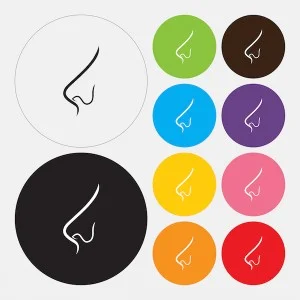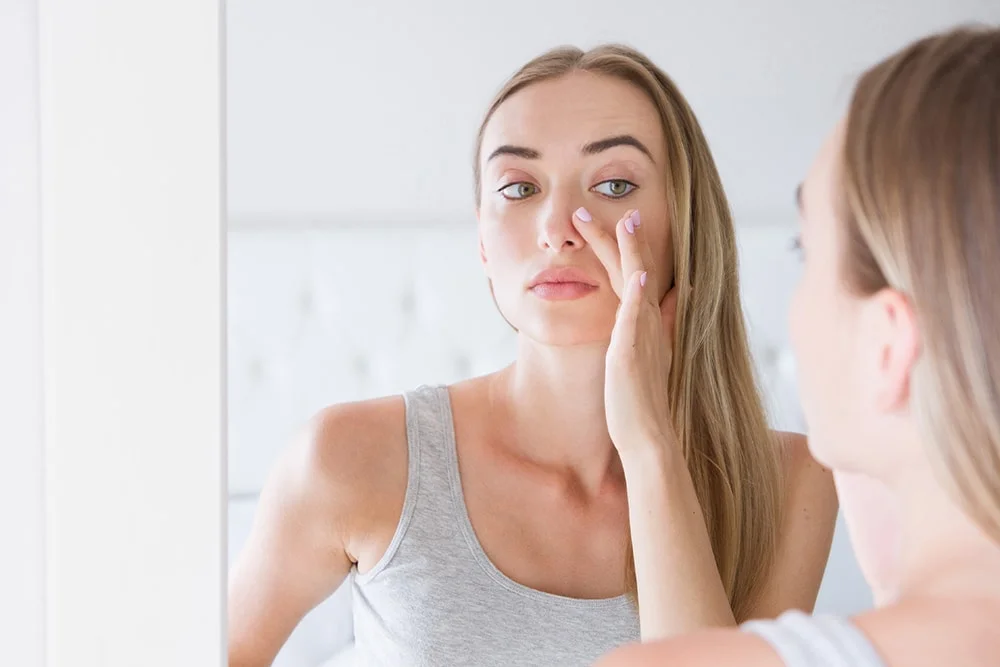How Long Should I Wait to Receive Revision Rhinoplasty?

Rhinoplasty is widely regarded as one of the most complex plastic surgical procedures performed today. As such, there can be a number of issues and/or unrealized expectations that occur when the nasal surgery is performed by an inexperienced or unqualified physician, or if the body heals in a fashion that was not expected. The good news is, a corrective procedure known as revision rhinoplasty – or secondary rhinoplasty – can often be employed by a highly skilled and experienced facial plastic surgeon to rectify aesthetic and/or functional concerns resulting from an unsatisfactory primary rhinoplasty, ultimately helping patients achieve the goals they originally anticipated/desired.
So how long should you wait to undergo revision rhinoplasty if you are dissatisfied with the results of a previous rhinoplasty procedure? My advice for the majority of individuals is to wait until all swelling has subsided following their original surgery, which could take as long as six months to a year. Depending on what was addressed during the initial surgery, swelling may diminish at different rates in different areas of the nose. For example, swelling in the tip of the nose may take longer to resolve than swelling in the nasal bridge. As a result, noticeable fullness in the tip when all other parts of the nose have returned to normal may lead you to believe that a subpar result was achieved. In reality, it may just be that some residual fullness is present in that part of the nose, and the nasal tip may appear exactly as you had hoped once this swelling has fully subsided.
Ultimately, if you are unhappy with the outcome of a previous nasal surgery, whether because of the final appearance of the nose or because of breathing issues, you can always seek the expertise of a facial plastic surgeon who has performed a number or revision rhinoplasty cases with excellent results. He or she should be able to evaluate your unique situation and advise you on if – and when – a secondary rhinoplasty could be performed to address your specific concerns.


